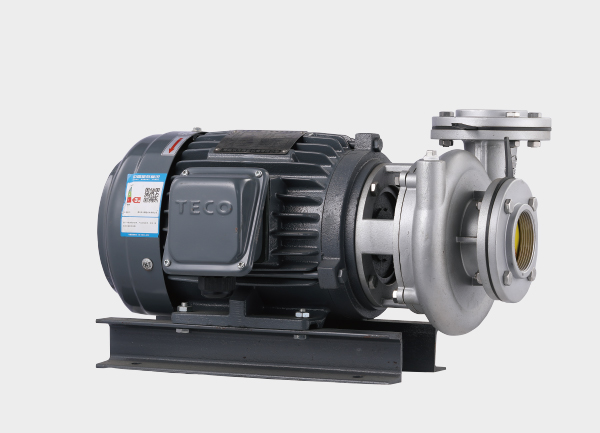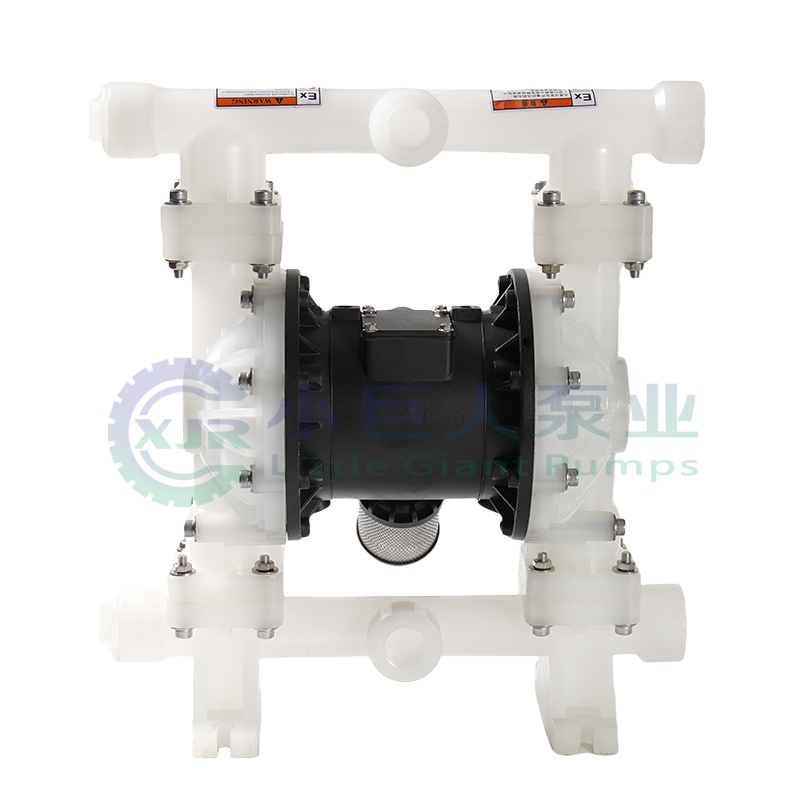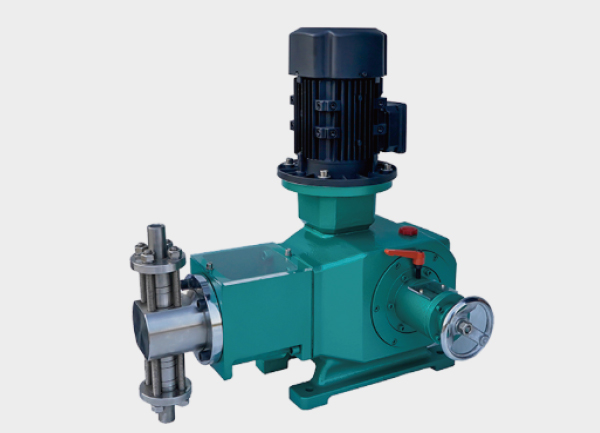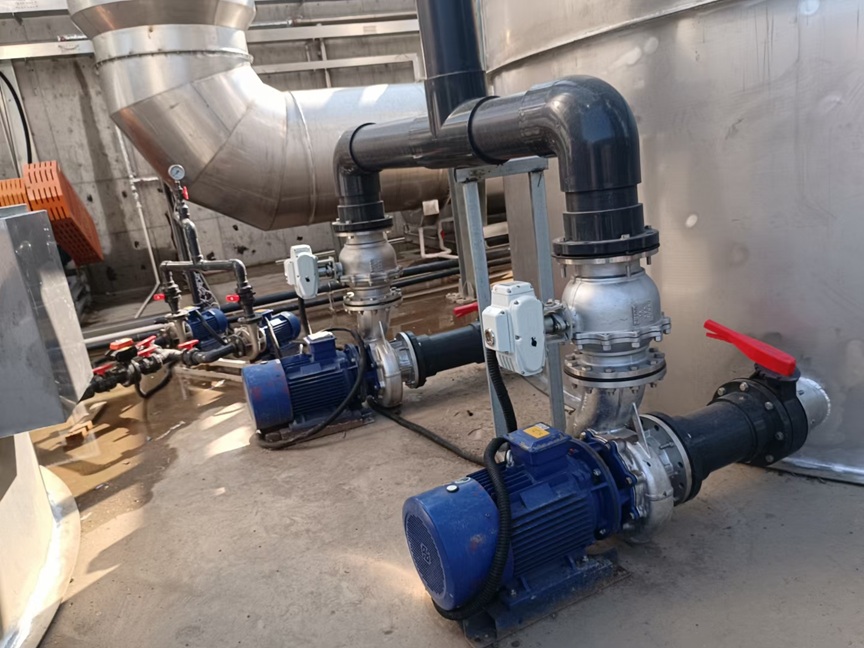In modern industrial systems, filtration plays a critical role in protecting equipment, ensuring product quality, and maintaining stable operation. But with so many filter types available, how can we classify them effectively?
Industrial filters can be categorized in multiple ways—by medium, operating principle, structure, or application field. Their core purpose remains the same: to remove solid particles, impurities, and contaminants from fluids (liquids or gases) and ensure clean, efficient, and safe processes.
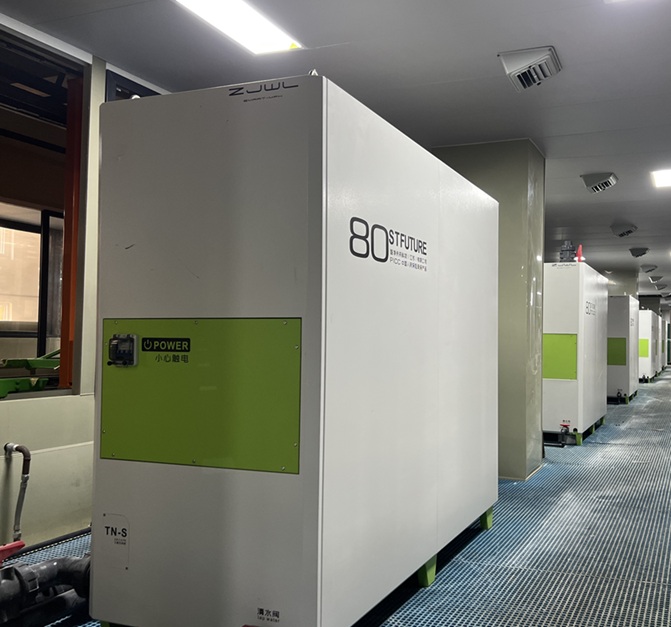
1. Classification by Filtration Medium
This is the most basic classification method, based on the type of fluid the filter is designed to handle.
Air Filters
Air filters remove dust, particles, and pollutants from the air.
They are commonly used in HVAC systems, ventilation systems, and cleanrooms.
High-efficiency air filters (such as HEPA or H13 models) use ultra-fine glass fiber paper to trap particles as small as 0.3 microns. These are widely used in electronics, pharmaceuticals, and other industries requiring ultra-clean environments.
Liquid Filters
Liquid filters are designed to remove suspended solids and impurities from liquids.
They are indispensable in water treatment, chemical processing, and manufacturing.
Common types include bag filters, cartridge filters, and self-cleaning filters, each suited for different precision and flow conditions.
Oil Filters
Oil filters are used in lubrication, hydraulic, and fuel systems to remove contaminants and extend equipment life.
Depending on installation location, they can be divided into suction filters, high-pressure line filters, and return-line filters.
Gas Filters
Gas filters purify natural gas and industrial gases by removing solid particles and contaminants.
They are essential in chemical plants, gas processing, and electronics manufacturing.
2. Classification by Installation Position and Function (Example: Hydraulic Systems)
In complex systems such as hydraulics, filters are categorized by their position in the circuit and their specific protective role.
Suction Filter: Installed in the pump’s inlet line to prevent contaminants in the oil tank from entering the system. To avoid cavitation, the filter must have low pressure loss and coarse filtration material.
High-Pressure Line Filter: Placed in the outlet line of the pump or before sensitive components to control oil cleanliness under system pressure. These filters require strong materials to withstand high operating pressures.
Return-Line Filter & Circulating Filter:
Return-line filters are installed on the return pipe to capture impurities before oil returns to the tank.
Circulating filters operate independently of the main system, continuously purifying the tank oil—even when the system is idle.
Air Breather Filter: Mounted on the oil tank to prevent airborne contaminants from entering with air exchange during oil level changes.
3. Classification by Operating Principle or Driving Force
Filters can also be categorized based on the force driving the filtration process.
Gravity Filters
These use gravity and liquid level difference as the driving force.
They are typically batch-operated and suitable for low-demand filtration processes.
Vacuum Filters
Vacuum filters use negative pressure on the outlet side to draw the fluid through the filter medium.
They can operate in batch or continuous mode and handle a wide range of slurry concentrations.
Typical equipment includes rotary drum vacuum filters and vacuum belt filters.
Pressure Filters
Pressure filters apply external pressure or mechanical squeezing force to the suspension.
They are suitable for high-pressure differential filtration and are available in both batch and continuous types.
Common examples include plate-and-frame and chamber-type filter presses.
4. Classification by Filtration Mechanism
The mechanism by which impurities are trapped determines two main filtration modes:
Surface Filtration
Impurities are trapped on the surface of the filter medium—similar to a sieve effect.
Filter media (such as metal mesh or filter cloth) have defined pore sizes; particles larger than the pores are blocked, sometimes forming a “filter cake” that enhances secondary filtration.
Typical examples: bag filters, plate-and-frame presses.
Best suited for larger, uniform particles and applications where cleaning is easy.
Depth Filtration
Here, the filter medium has a complex porous structure (e.g., quartz sand, activated carbon, sintered metal).
Impurities are captured inside the medium through inertial collision, interception, and diffusion.
It is ideal for fine, widely distributed particles.
Common examples: sand filters, HEPA air filters.
5. Classification by Structure and Filter Material
Different filter structures and materials offer unique advantages for specific industrial needs.
Mesh Filters: Use metal mesh for coarse or temporary filtration; common in chemical systems.
Wedge-Wire Filters: Use precisely spaced wire gaps, allowing continuous filtration and easy cleaning—ideal for continuous oil filtration.
Sintered Filters: Made from sintered metal powders; ideal for filtering polymers or coke particles from heat transfer oils.
Magnetic Filters: Utilize magnetic fields to capture ferromagnetic particles from oil; often combined with other filtration types.
Bag and Cartridge Filters:
Bag filters suit large flow, low-precision applications.
Cartridge filters (such as PP melt-blown, string-wound, or pleated types) are used for high-precision filtration.
Special Function Filters:
Include high-temperature filters (stainless-steel frame, heat-resistant seals) and activated carbon filters (adsorbing odors and harmful gases).
6. Classification by Filtration Precision
Based on the smallest particle size the filter can effectively remove:
Coarse Filters: >100 microns; used for pre-filtration to protect downstream equipment.
Standard Filters: 10–100 microns; suitable for general-purpose fluid cleaning.
Fine or Precision Filters: 1–10 microns; required in industries such as pharmaceuticals, electronics, and food processing.
Advanced membrane technologies like reverse osmosis (RO) and nanofiltration (NF) achieve molecular-level separation for ultra-pure applications.
7. Key Factors in Selecting the Right Industrial Filter
Choosing the right filter involves evaluating technical and operational parameters:
Medium Characteristics: Understand fluid properties—viscosity, corrosiveness, impurity concentration, and particle size.
Process Requirements: Define target filtration precision, flow rate, and operating pressure/temperature.
System Compatibility: Ensure inlet/outlet sizes and rated pressure match the existing system.
Cost and Maintenance: Consider total lifecycle cost—initial investment, filter media replacement, and maintenance frequency.
For high-contaminant or continuous systems, self-cleaning or backwash filters can minimize downtime and maintenance costs.
Conclusion
A clear understanding of industrial filter classification helps engineers and plant managers make informed decisions.
From air purification and hydraulic protection to water treatment and chemical processing, selecting the right filter ensures operational safety, equipment longevity, and compliance with environmental standards.


